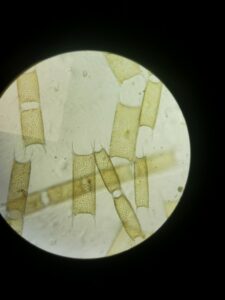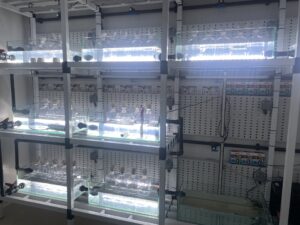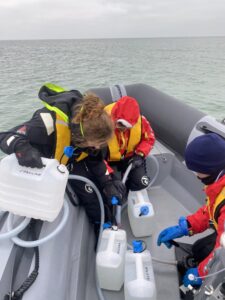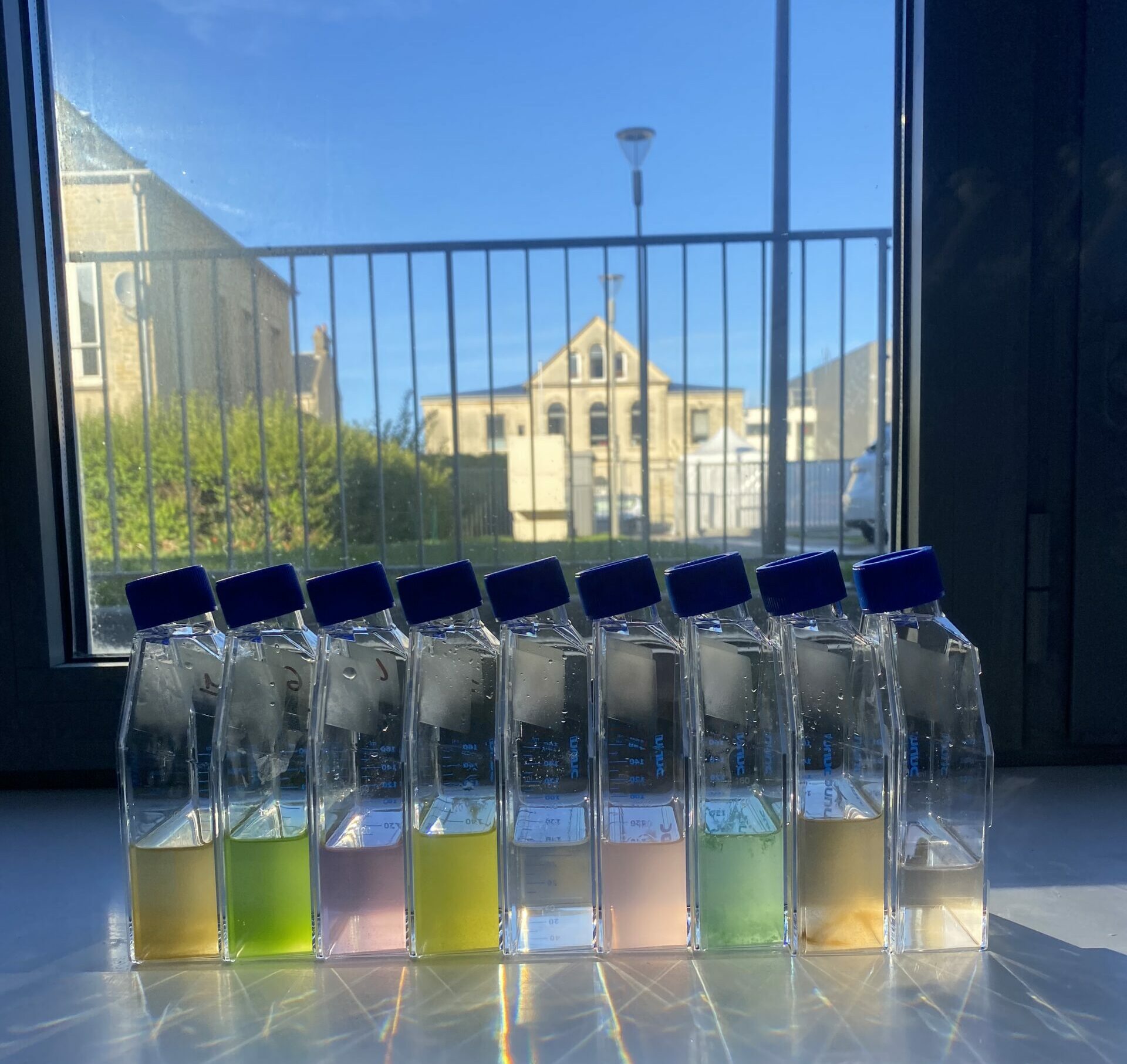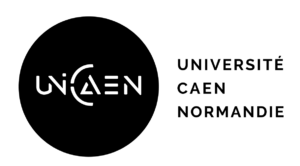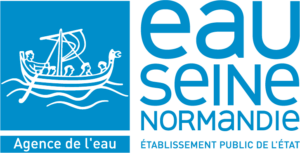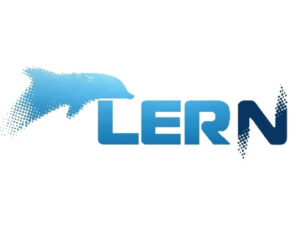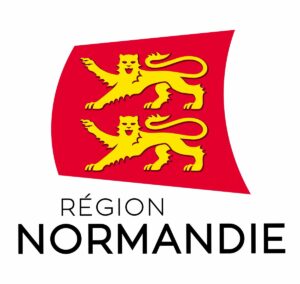Project Summary:
DYSTRO-B investigates the effects of eutrophication and nutrient imbalance (dystrophy) on the structure and productivity of phytoplankton communities in the Bay of Seine. These phenomena, driven by excessive nutrient inputs such as nitrogen (N) and phosphorus (P) from human activities, disrupt the ecological balance of coastal areas. The project focuses on how such imbalances, further intensified by warming waters, influence phytoplankton diversity, size structure, composition, and primary productivity.
Background:
The Bay of Seine is highly susceptible to eutrophication due to massive nutrient inputs from the Seine River. While phosphorus inputs have declined due to regulatory measures, nitrogen remains in excess, creating a high N/P ratio (~30)—significantly above the optimal Redfield ratio (N/P = 16). This imbalance impacts phytoplankton biomass, community structure, and essential ecosystem functioning.
Objectives:
-
Assess how phytoplankton communities respond to nutrient imbalances and warming.
-
Evaluate the effects on primary production and associated carbon fluxes.
-
Develop multi-scale approaches to understand the links between nutrient dynamics, species diversity, and ecosystem function.
Methodology:
The project is structured around three main approaches:
-
Retrospective analysis of long-term and high-frequency datasets (e.g., SOMLIT, PHYTOBS, RHLN, REPHY, SMILE buoy) to examine temporal trends and episodic events.
-
Microcosm experiments using natural communities from the Bay of Seine to test the impact of varying N/P ratios on productivity and community composition.
-
Phytoplankton cultures of key taxa from the bay to investigate physiological responses and adaptation mechanisms to nutrient imbalance.
Expected Outcomes:
DYSTRO-B will enhance our understanding of how nutrient availability, phytoplankton diversity, and productivity interact in a highly impacted coastal ecosystem. The findings will contribute to predictive scenarios for the ecological trajectory of the Bay of Seine.
The PhD project of Lise Delatte is carried out as part of DYSTRO-B.
